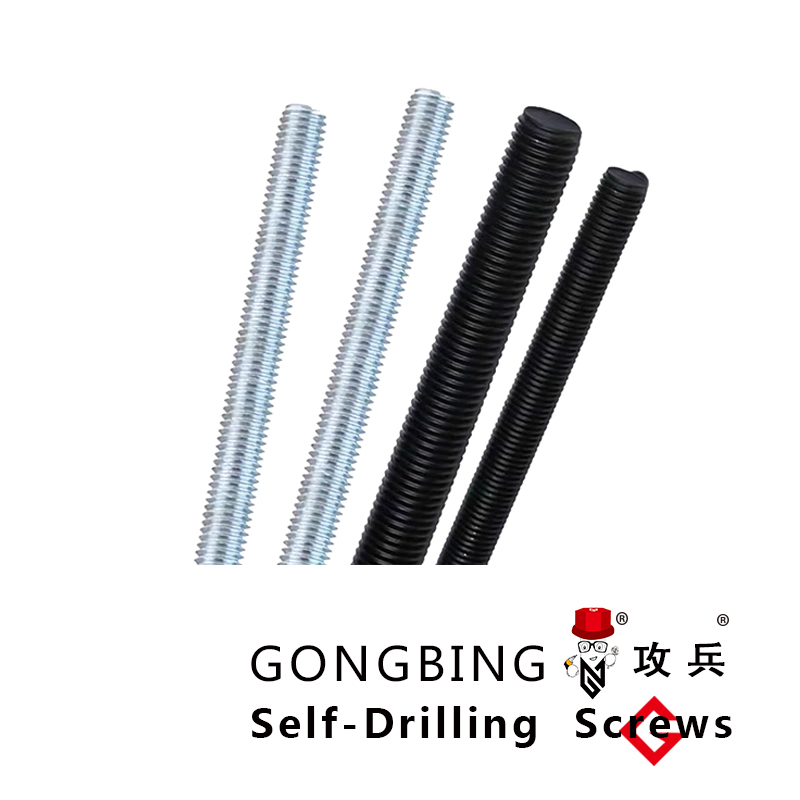The Importance of Temporary Bracing in Structural Steel Engineering and Construction Safety
Temporary Bracing in Steel Construction
Temporary bracing plays a crucial role in the stability and safety of steel construction projects. As building structures rise, the need for effective bracing becomes paramount to ensure that the framework remains secure during the various stages of construction. This article outlines the importance, types, and best practices of temporary bracing in steel construction.
Importance of Temporary Bracing
In the early stages of a steel construction project, the structural integrity of the framework is often compromised due to incomplete connections and lack of permanent lateral support. Temporary bracing acts as a stabilizing element that helps resist lateral forces such as wind, seismic activity, and other dynamic loads that may act on the structure before it is fully enclosed and equipped with permanent bracing systems.
The necessity for temporary bracing is especially significant in high-rise buildings, where the risks associated with rigid structural elements being exposed to high winds are amplified. Inadequate bracing can lead to catastrophic failures, resulting not only in project delays but also posing safety hazards to workers and the general public.
Types of Temporary Bracing
Temporary bracing can be classified into several types based on the construction stage and the specific requirements of the project
1. Diagonal Bracing This is the most common form of temporary bracing, which involves placing diagonal members between the vertical columns. Diagonal bracing efficiently transfers loads, provides rigidity, and helps prevent buckling in the columns.
2. Cross Bracing Similar to diagonal bracing, cross bracing consists of two members forming an ‘X’ shape between the structural elements. This method is particularly effective in resisting lateral forces.
temporary bracing in steel construction

4. Shear Diaphragms In some cases, floor systems themselves can act as temporary braces until permanent systems are installed. These shear diaphragms redistribute lateral loads to vertical supports.
5. Other Methods Other temporary bracing methods may include the use of cable bracing or tension rods, which provide stabilization by applying tensile forces to the structure.
Best Practices for Temporary Bracing
To maximize the effectiveness of temporary bracing, certain best practices should be followed
- Design and Planning Prior to construction, engineers must collaboratively design a comprehensive temporary bracing plan that considers potential loads and site conditions. Factor safety from the outset to mitigate risks.
- Regular Inspections Continuous monitoring and inspection of temporary bracing must be conducted to ensure that it remains structurally sound throughout the duration of the project. Any signs of wear, damage, or loosening must be immediately addressed.
- Worker Training Educating construction workers about the importance of temporary bracing and ensuring they understand how to install and maintain it is crucial. Proper training can significantly reduce the likelihood of accidents on the job site.
- Coordinating with Permanent Structures Temporary bracing should be designed in coordination with the planned permanent bracing and support systems, ensuring a seamless transition from temporary to permanent stabilization.
Conclusion
In summary, temporary bracing is an indispensable aspect of steel construction that ensures structural integrity during the construction phase. By understanding the various types of bracing and implementing best practices, construction professionals can significantly reduce risks associated with stability while enhancing the overall safety of the project. Ultimately, investing time and resources into effective bracing strategies not only safeguards the construction site but also contributes to the longevity and reliability of the finished structure.
-
Weatherproof Plastic Expansion Anchors for OutdoorNewsJun.06,2025
-
Sustainability in the Supply Chain: Eco-Friendly TEK Screws ProductionNewsJun.06,2025
-
Load-Bearing Capacity of External Insulation FixingsNewsJun.06,2025
-
Double Head Bolts: Enhancing Efficiency in Industrial MachineryNewsJun.06,2025
-
Corrosion Resistance in Chipboard Screws: Coatings for Wholesale DurabilityNewsJun.06,2025
-
Butterfly Toggle Bolts : Enhancing Structural ResilienceNewsJun.06,2025
